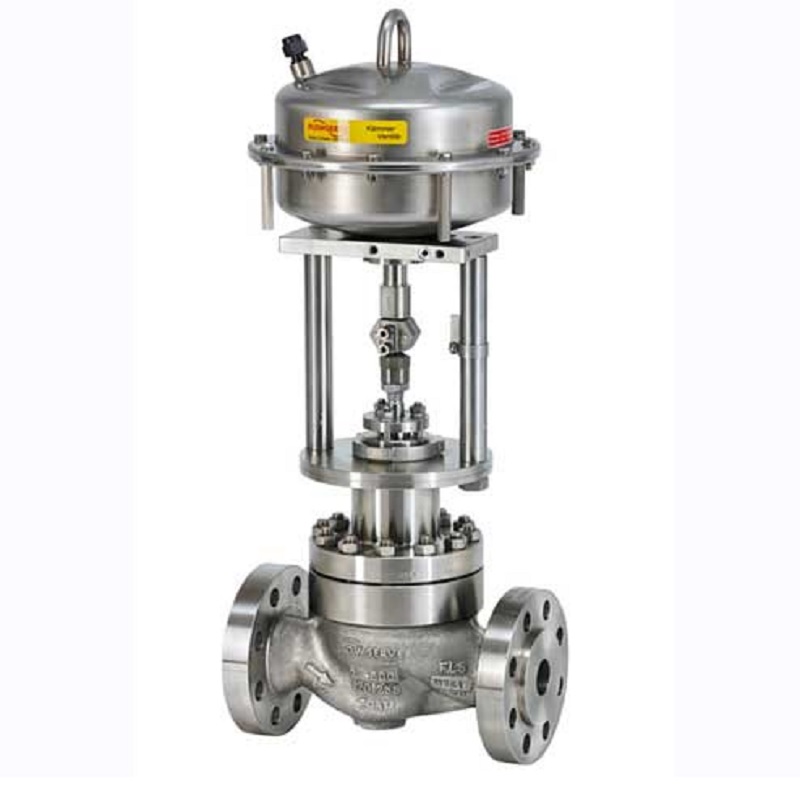Achieve Seamless Assimilation and Control With Quality Structure Automation Controls
In the world of contemporary structure monitoring, the importance of high quality building automation controls can not be overstated. Accepting high quality building automation controls is not just a matter of ease yet a strategic vital for organizations intending to optimize their facilities' performance and sustainability.

Development of Building Automation Controls
Throughout the past few years, the development of developing automation controls has considerably changed the way buildings are handled and run. Originally, constructing automation systems largely concentrated on standard features such as managing home heating, air, and air flow conditioning (HVAC) systems. As technology advanced, these controls have actually come to be much more advanced, allowing for a larger range of structure systems to be incorporated and managed centrally.
The development of constructing automation controls has seen a shift in the direction of even more intelligent systems that can adapt to changing problems in real-time. This flexibility is crucial for maximizing power effectiveness and guaranteeing owner comfort. Additionally, modern-day building automation controls now provide functions such as predictive maintenance, remote monitoring, and information analytics, allowing facility managers to make data-driven decisions to boost structure efficiency.

Benefits of Quality Assimilation
The innovation in building automation manages in the direction of more intelligent systems has emphasized the significant benefits of quality assimilation in optimizing building operations and boosting general performance. This central control also gives far better exposure and understandings into building efficiency, allowing proactive maintenance and optimization methods. On the whole, the benefits of high quality combination in structure automation controls are obvious, supplying enhanced effectiveness, convenience, and functional efficiency.
Improved Customer Experience and Availability
Enhancing customer interaction with building automation controls via instinctive style and boosted access elevates the overall experience for passengers and facility supervisors alike. By focusing on user experience, developing automation systems can end up being much more straightforward and effective. Intuitive interfaces, clear navigation, and adjustable setups empower individuals to communicate with the controls conveniently and successfully.
Accessibility features play a critical role in ensuring that all people, including those with impairments, can utilize the structure automation manages easily. Integrating features such as voice commands, responsive buttons, and color-contrasted displays can boost ease of access and make the controls a lot more comprehensive.
In addition, enhanced individual experience leads to higher customer complete satisfaction, boosted efficiency, and much better decision-making. Owners can adjust environmental settings according to their choices, while center supervisors can successfully take care of and monitor building systems - control valves. Generally, focusing on user experience and accessibility in structure automation controls adds to a more efficient and seamless building atmosphere for all stakeholders involved
Sustainable Practices Through Automation

In addition, automation can assist in the assimilation of renewable energy resources such as solar panels or wind turbines into structure procedures. By automatically adjusting power usage based upon the schedule of renewable resource, structures can even more lower their dependence on non-renewable more information sources. This seamless assimilation of lasting practices not only benefits the setting yet additionally enhances the overall operational efficiency and cost-effectiveness of the building. With automation, structures can straighten with contemporary sustainability content goals and add to a greener future.
Future Trends in Building Control Systems
In expectancy of advancing innovations and progressing sustainability methods, the trajectory of building control systems is positioned to welcome cutting-edge solutions and transformative approaches. One famous trend shaping the future of structure control systems is the enhanced combination of Expert system (AI) and artificial intelligence. These modern technologies enable structures to adapt in real-time to altering problems, enhancing power usage and enhancing convenience for passengers. In addition, the Web of Things (IoT) is transforming structure control systems by attaching tools and sensors to boost and streamline operations performance.
One more crucial trend is the emphasis on cybersecurity actions to safeguard against prospective threats to constructing automation systems. As structures come to be more interconnected, making certain robust cybersecurity protocols will certainly be vital to guard sensitive data and prevent unauthorized gain access to.
In addition, the change in the direction of cloud-based platforms is obtaining momentum, permitting for streamlined control and remote access to building systems. This promotes less complicated monitoring, upkeep, and updates, boosting the general performance and adaptability of building control systems. As innovation continues to breakthrough, these trends are anticipated to form the future landscape of structure automation controls, driving development and sustainability in the developed setting.
Final Thought
Future her response trends in structure control systems are likely to concentrate on further boosting automation abilities for improved energy effectiveness and overall efficiency. It is important for building proprietors and operators to focus on the adoption of quality structure automation controls to optimize structure procedures and achieve long-term sustainability objectives.
In the realm of modern structure administration, the relevance of high quality building automation controls can not be overemphasized. On the whole, the development of building automation regulates continues to drive technology in the building management market, supplying brand-new opportunities for producing smarter and more sustainable buildings.
The development in building automation controls in the direction of more smart systems has highlighted the considerable advantages of high quality integration in maximizing structure operations and boosting general efficiency. Generally, focusing on user experience and accessibility in building automation regulates adds to a more seamless and efficient building atmosphere for all stakeholders entailed.
It is vital for structure owners and drivers to prioritize the fostering of high quality building automation regulates to optimize building procedures and attain lasting sustainability objectives. - control valves